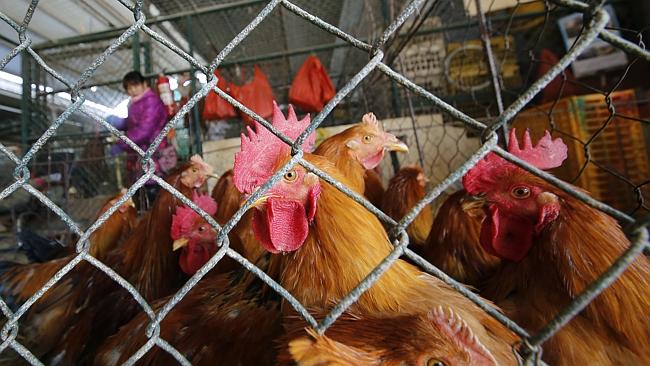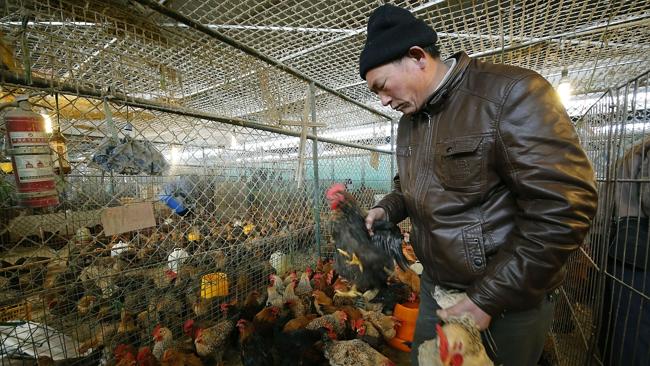China has reported more than 50 H7N9 infections in 2014
A SPATE of bird flu cases in China has experts watching closely as millions of people and poultry move before the lunar new year holiday.

A spate of bird flu cases in China has experts watching closely as millions of people and poultry move before the lunar new year holiday, the world's largest annual human migration.
China has reported more than 50 H7N9 infections in 2014 after the strain jumped from birds to people for the first time in 2013.
The virus remains hard to catch, and most cases have been linked to contact with poultry, but scientists worry that could change if it mutates.
For those who track influenza, the holiday, which begins January 31, is always worrying because it comes during winter, when the flu typically rages.
Add that to hundreds of millions of people - and often birds - crammed on buses and other forms of transportation going home, and it's always a bit of a gamble.
``This is the first winter we've seen H7N9. We are in uncharted territory,'' said Gregory Hartl, World Health Organisation spokesman in Geneva.

``We have seen an upstart in cases, which we are attributing basically to the fact that it's winter. That combined with a lot of movement of people in crowded trains with chickens could give rise to a lot more infections, but we've also seen in past years where it hasn't.''
The first H7N9 cases were reported in late March near Shanghai, and more than 200 others have since been identified, including about 50 deaths.
In past years, it was the H5N1 bird flu virus that spiked this time of year. That strain, which has killed at least 386 people since 2003, is still circulating widely in poultry stocks and kills about 60 per cent of the people it infects.
Both bird flus cause high fever and respiratory problems, including pneumonia. Scientists have repeatedly warned the viruses cannot be ignored because of their potential to spark a global pandemic. But after years of campaigning in countries where it's common for chickens and pigs to live closely with people, that message is often a hard sell.

"After almost a decade of sitting on the proverbial edge of the H5N1 pandemic cliff and not falling off, people are beginning to think that we never will fall,'' Michael Osterholm, an infectious disease expert at the University of Minnesota, said by email.
``But the best scientific assessment of microbial genetics tells us we could still fall off of that cliff and if we do, the global consequences could be devastating.''
Poultry is a central feature of many dinner tables during the lunar new year festivities, and it's often bought live and killed at home in China and elsewhere in the region. WHO urges care when slaughtering and preparing birds, including frequent handwashing. However, well-cooked meat and eggs do not pose a threat.
###



